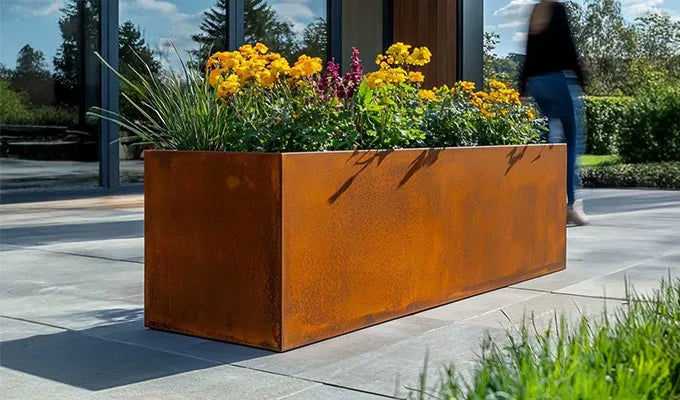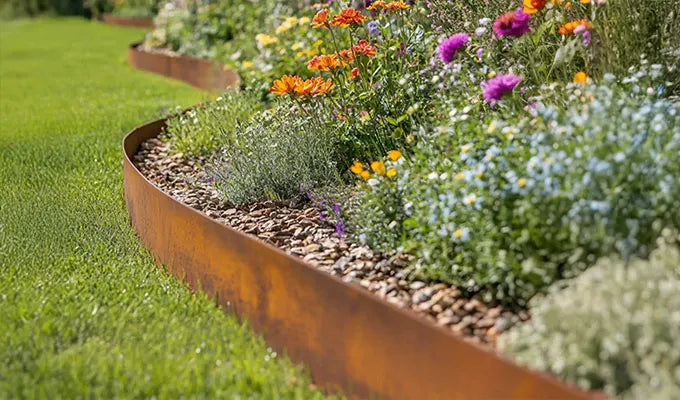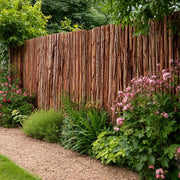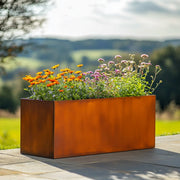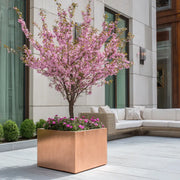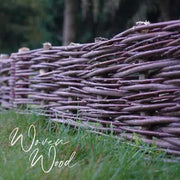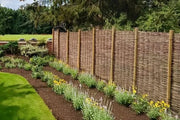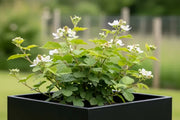Understanding Raspberry Canes: Primocanes and Floricanes
Raspberries are a beloved addition to many British gardens, offering a burst of sweet, tangy flavour that evokes long summer days. Understanding the life cycle of a raspberry cane is key to successful cultivation, especially when navigating the nuances of our temperate English climate and diverse landscapes. The distinction between primocanes and floricanes is fundamental to achieving a bountiful harvest.
A primocane is a cane that has grown in the current year. These are typically green and vigorous. A floricane, on the other hand, is a primocane from the previous year that has overwintered. It is these floricanes that will produce fruit before dying back. Most traditional summer-fruiting raspberries, such as 'Glen Ample' or 'Malling Jewel', fruit on floricanes. Autumn-fruiting varieties, like 'Autumn Bliss' or 'Polka', are unique in that they fruit on the tips of their primocanes in their first year.
Cultivating in the English Garden
Raspberries thrive in sunny, sheltered spots with well-drained soil. In the UK, ensuring good air circulation can help prevent fungal diseases that are common in humid conditions. Before planting, enrich the soil with plenty of well-rotted compost or manure. Support systems, such as wires stretched between sturdy posts, are crucial for most varieties, preventing the canes from flopping and improving light penetration and air circulation.
Summer-fruiting raspberries should be planted in late autumn or early spring. After they have fruited in mid-summer (typically June to July), the old floricanes that produced fruit should be cut back to ground level. New primocanes emerging will then be tied into the support system to become next year's floricanes. Autumn-fruiting raspberries are simpler to prune. They fruit from late August through to October on their current season's growth (primocanes). In late winter, all canes can be cut back to ground level, and new canes will emerge in spring to fruit in the autumn.
Growing in Planters
For smaller gardens, patios, or urban spaces, growing raspberries in large containers or planters is an excellent option. Varieties like 'Ruby Beauty' or 'Little Sweet Sister' are often marketed as patio raspberries due to their more compact growth habit. However, even standard autumn-fruiting varieties can perform well in sizable pots (at least 45-60cm in diameter and depth). The key to success in planters is diligent watering, as the limited soil volume can dry out quickly, especially during dry spells in spring and summer. Regular feeding with a balanced liquid fertiliser throughout the growing season will also be vital to support vigorous growth and fruit production.
Flowering and Fruiting Cycles
The timing of flowering and fruiting is directly linked to the cane type. Summer-fruiting raspberries typically begin to flower in late spring to early summer (around May to June), with the resulting fruit ripening from late June through July. These are the classic 'summer berries'. Autumn-fruiting raspberries, conversely, will send up primocanes in spring, which then flower from mid-summer (July to August), with their fruit developing and ripening from late August right through to the first frosts, sometimes into October. This extended harvest makes them a popular choice for continuous fresh fruit.
With a clear understanding of primocanes and floricanes, and by tailoring your care to the specific variety, British gardeners can enjoy a rewarding harvest of homegrown raspberries, whether from an expansive bed or a carefully tended planter.


